Under construction….
Big Picture ideas:
- Students need to be able to think through the ideas of others and contextualize them in their own experience.
- We here at JO participate in our districts Mindfulness work.
- Through Mindfulness students can change the way their brain works and enhance their concentration, their learning ability and their overall happiness.
- Introducing, or continuing, students knowledge of neuroscience and how the brain works
- Introducing, or continuing, students participation in mind-focusing exercises.
Curriculum objectives:
- Students should have experience exploring design
- Students should understand how they can use colour/shape/form in context to set mood and meaning
In this unit you will find the following sections:
- What is a Mandala
- Background context for us here at JO
- A look at the Mandala as an art form
- All Religions Practice Forms Of Meditation
- JO and the Mindfulness program
- Develop personal artworks which are from and for each student’s individual mind.
- Understanding the Science behind meditation
- Project Criteria
- Understanding symbolism and the example of Shambhala
- How to start?
- Mandalas and Mandalasesque images that I find interesting:
- Readings
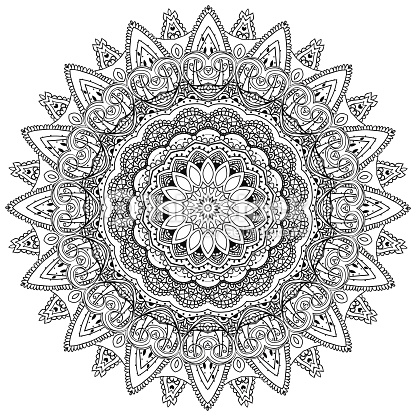
Image source www.thinkstockphotos.ca
First! Please note that in this project I am not trying to convert, or lure, you into any religious doctrine! ok? OK! Let’s move onwards.
What is a Mandala
A mandala (Sanskrit: मण्डल, lit, circle) is a spiritual and ritual symbol in Hindu, representing the universe.[1] In common use, “mandala” has become a generic term for any diagram, chart or geometric pattern that represents the cosmos metaphysically or symbolically; a microcosm of the universe.
The basic form of most mandalas is a square with four gates containing a circle with a center point. Each gate is in the general shape of a T.[2][3] Mandalas often exhibit radial balance.[4]
The term appears in the Rigveda as the name of the sections of the work, but is also used in other religions and philosophies, particularly Buddhism.
In various spiritual traditions, mandalas may be employed for focusing attention of practitioners and adepts, as a spiritual guidance tool, for establishing a sacred space, and as an aid to meditation and trance induction.
(Text source https://en.wikipedia.org/wiki/Mandala)
In the Tibetan tradition, they are made as paintings, murals, sand-drawings, and 3D models made of wood. metal or whatever you have! 
image source nandzedlivejournal.com
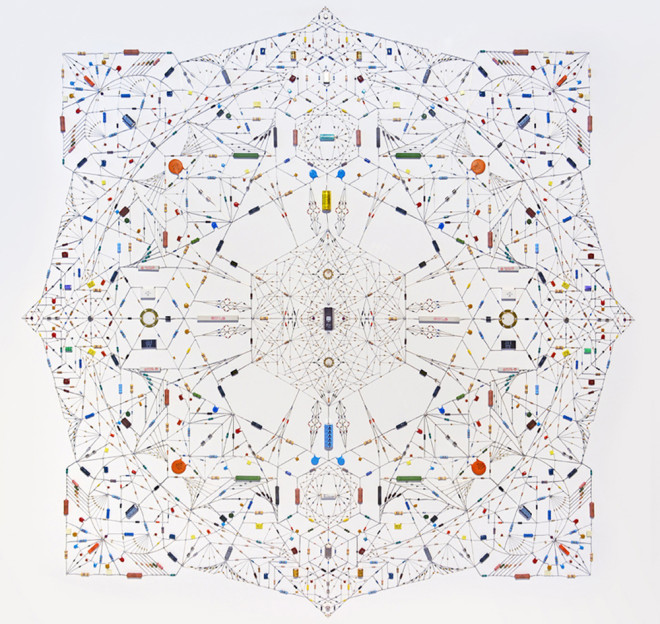
image-source-https-www-wired-com201408mesmerizing-buddhist-inspired-collages-made-of-old-computer-parts
We live in a 3d world, so should we not think about all dimensions if we are to consider
Mandala-like objects/ideas can be found in all cultures and religions practices around the world.
Background context for us here at JO
Do you remember a few years ago when the headlines read
John Oliver Secondary Visited by the Dalai Lama
On Tuesday, October 21, (2014) John Oliver’s Learning Commons was flooded by the paparazzi and dignitaries who were there to welcome the Dalai Lama as he visited the school as part of his “Be the Village” Heart-Mind Youth Dialogues series. (Text source https://www.vsb.bc.ca/district-news)
And
Dalai Lama stops by Vancouver high school, met by protesters
The Dalai Lama stopped by John Oliver Secondary in Vancouver Tuesday morning, ahead of his Heart-Mind Summit at the Vancouver Convention Centre.
The summit is meant to encourage British Columbians to balance education of the heart and the mind.
The invitation-only youth dialogue with students at John Oliver Secondary is one of three events on the Dalai Lama’s schedule this week in Vancouver.
While there were 1400 students, teachers and parents in the audience, five students from around the province got a rare opportunity for a one-on-one question. (Text source Global News)

Image source Global news. Can you see some of your teachers?
In fact, it had been his only visit to a high school. In the above picture, I want you to look at the paintings behind us. The paintings are a collage of student made Enzo. In Zen Buddhism, an Ensō is a hand drawn/painted circle which expresses a moment in which the mind is free to let the body create. Although it seems simple enough, can we honestly assess ‘if were there yet?’.
According to Audrey Yoshiko Seo, author of Ensō: Zen Circles of Enlightenment, “Zen circles, ensō, are symbols of teaching, reality, enlightenment, and a myriad of things in between. Seemingly perfect in their continuity, balance, and sense of completeness, and yet often irregular in execution, ensō are at once the most fundamentally simple and the most complex shape. They seem to leave little room for variation, and yet in the hands of Zen masters, the varieties of personal expression are endless. Ensō evoke power, dynamism, charm, humor, drama, and stillness.” (Text source http://www.dailycupofyoga.com/)
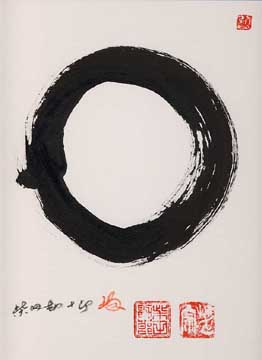
Image source https://en.wikipedia.org/wiki/Ens%C5%8D

We, one JO senior art class and two elementary classes from Trudeau Ele. worked on a very large scale.
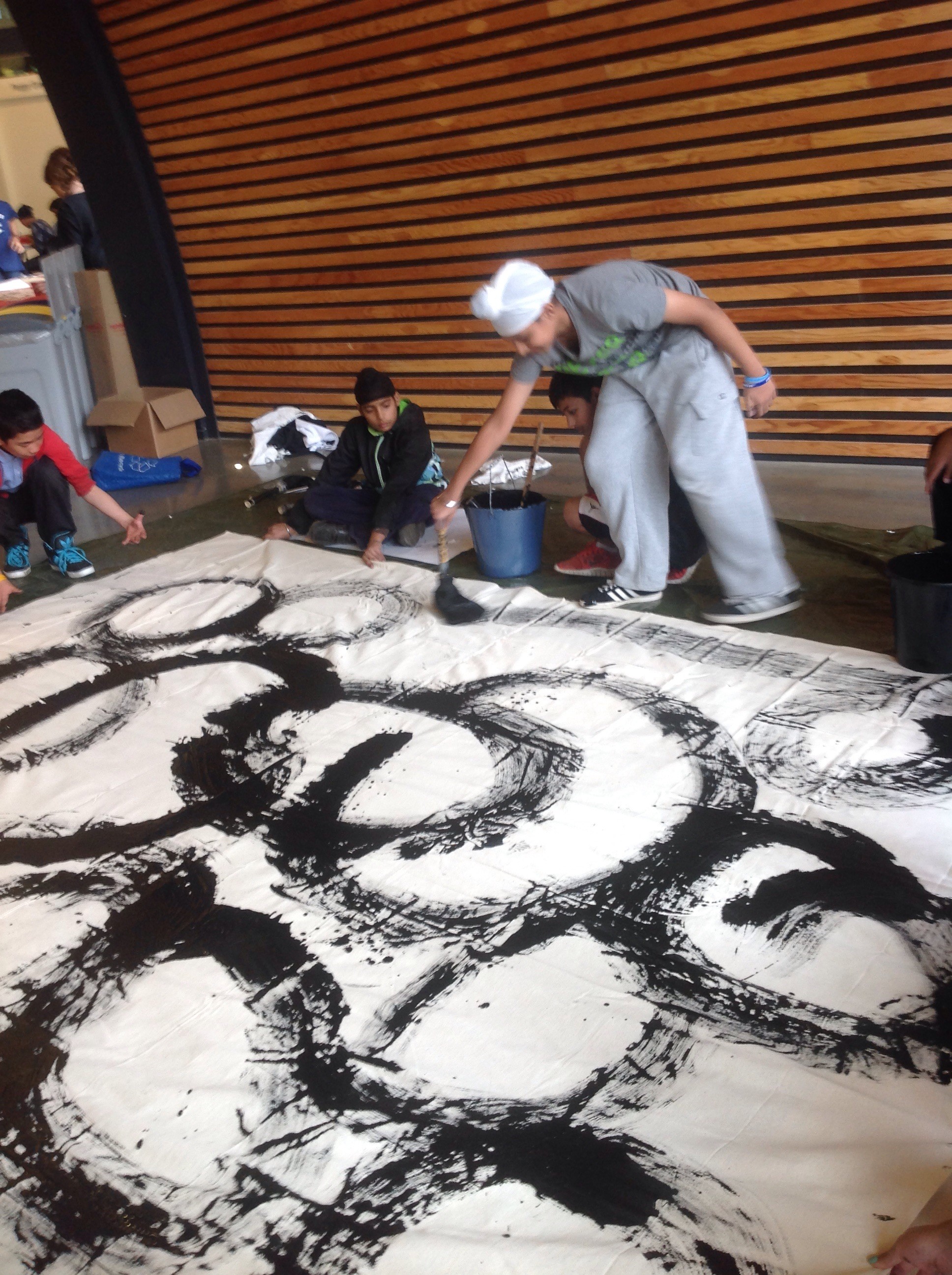
For three days we worked off site in the beautiful and tranquil setting of the Van Dusen Garden
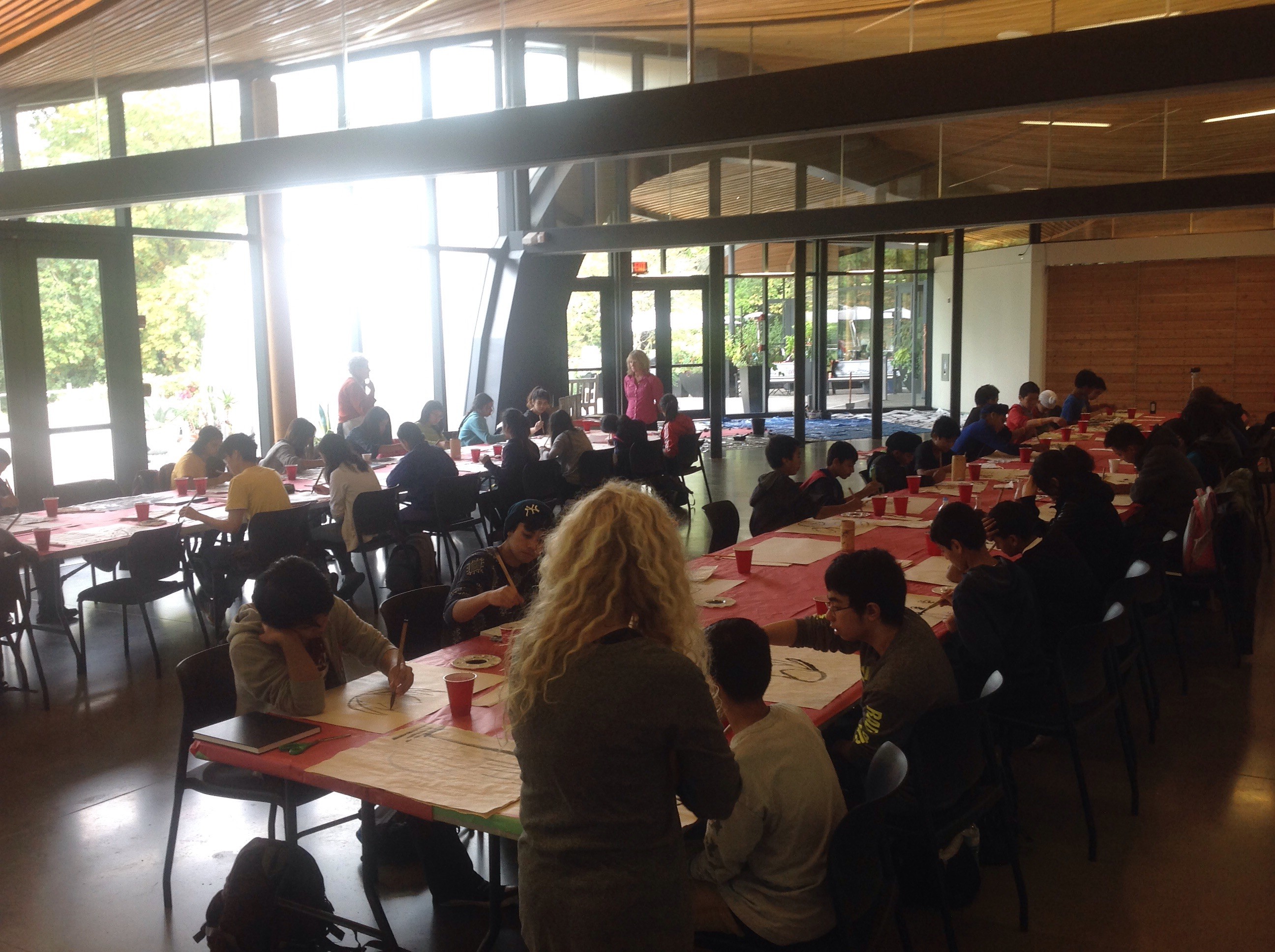
We did a lot of work leading up to the event.
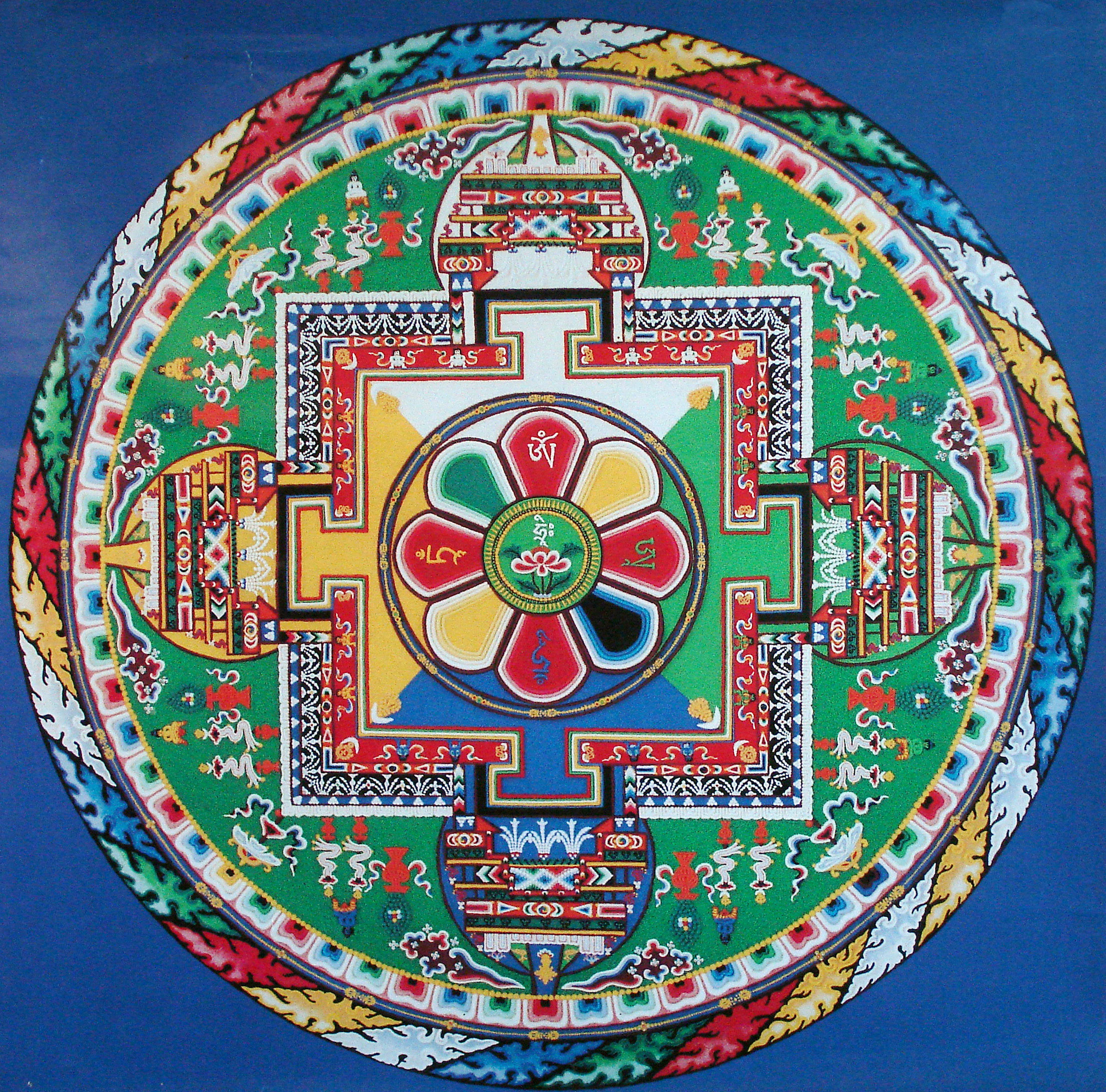
image-source-www-junglekey-in
Whereas an Enzo speaks/reflects our state of mind a mandala can be used to focus our thoughts on specific things, even the absents of thoughts.

image source bhoffert.faculty.noctrl.edu
Does anyone want to try making Enso’s for a class?
All Religions Practice Forms Of Meditation
Article.
JO and the Mindfulness program
For over a year now many teachers here at JO have been participating, and practising, with Mindfulness, the Mindup Program. The aims to teach students about their brains and how to use their senses and breathing to focus and relieve stress. The Premise is that if you can repeatedly achieve a Mindful state you can change the way your brain (Neuroplasticity) deals with the stimulus around it. Thus achieving a better quality of life. We know that the stress has a negative influence on the chromosomes level of babies/children who grow up in Poverty, or other stressful environments (epigenetics). Mindfulness aims to help correct or overcome these deficits to give all children the ability to live a meaningful, healthy and happy lives.
Understanding the Science behind meditation
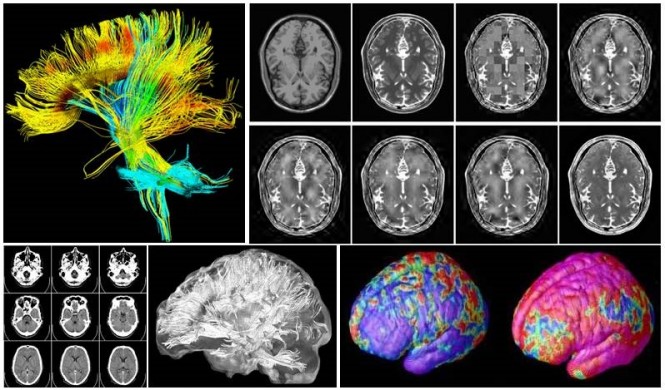
Image source http://meditation-research.org.uk/2014/03/meditation-and-neuroplasticity-five-key-articles/
Meditation and Neuroplasticity: Five key articles
Meditation not only changes our mind but also our brain – this is what more and more neuroscientific research suggests.
Neuroplasticity – the change of brain structures as a result of experience – is considered to be one of the most important discoveries of neuroscience. Over the last 10 years evidence has been growing that not only the acquisition of navigational knowledge by London Taxi drivers (see video) or learning a new motor task like juggling (see article), but also meditation practice can lead to significant changes to brain structures. Here I respond to a recent request and list five key articles on that topic. (Tect source http://meditation-research.org.uk/2014/03/meditation-and-neuroplasticity-five-key-articles/)
The benefits of meditating

Image source http://liveanddare.com/benefits-of-meditation/
Let us know turn our thoughts to the Mandala as a personal art object. Here is a very good web page!
A look at the Mandala as an art form
(Web page is from a Math class!)
Develop personal artworks which are from and for each student’s individual mind.
Project Criteria:
As we have discussed in class the Mandala is a visual link between you and the cosmos. Sounds like big stuff but Mandalas can also be a visual link between you, yourself and the Order you conceive that you live within. After you complete the pattern paintings:
Word Origin and History for cosmosn.
c.1200 (but not popular until 1848, as a translation ofHumboldt’s Kosmos), from Latinized form of Greekkosmos “order, good order, orderly arrangement,” aword with several main senses rooted in those notions:The verb kosmein meant generally “to dispose,prepare,” but especially “to order and arrange (troopsfor battle), to set (an army) in array;” also “toestablish (a government or regime);” “to deck, adorn,equip, dress” (especially of women). Thus kosmos hadan important secondary sense of “ornaments of awoman’s dress, decoration” (cf. kosmokomes “dressingthe hair”) as well as “the universe, the world.”
Pythagoras is said to have been the first to apply thisword to “the universe,” perhaps originally meaning “thestarry firmament,” but later it was extended to thewhole physical world, including the earth. For specificreference to “the world of people,” the classical phrasewas he oikoumene (ge) “the inhabited (earth).”Septuagint uses both kosmos and oikoumene. Kosmosalso was used in Christian religious writing with a senseof “worldly life, this world (as opposed to the afterlife),”but the more frequent word for this was aion, literally“lifetime, age.”
Please remember that Mandalas are used for many different purposes from focusing your thought- maybe for a test, or preparing for a big game or simply helping you to meditate. Even to work through a personal problem. There are really no limits to what a Mandala can be used for.
In this project, you will have to think about yourself, your dreams, your fears and your future.
Depending on what you want your Mandala to be used for you may want to include a picture, word/s or a symbol that have meanings for you. You may just want to make a geometrical pattern and have shapes represent ideas.

Image source www.oracionesmagiayrituales.com
You should have:
- The centre should contain your idea for the Mandala.
- The surrounding circles should contain your supporting ideas.
You should have at least six of them.
In sketch book:
- Brainstorm some ideas for your Mandala
- Sketch at least 10 thumbnails 2×2
- One 4×4 draft with colour painted in your sketchbook
The Good copy will be LARGE so make it interesting-detailed and colourful
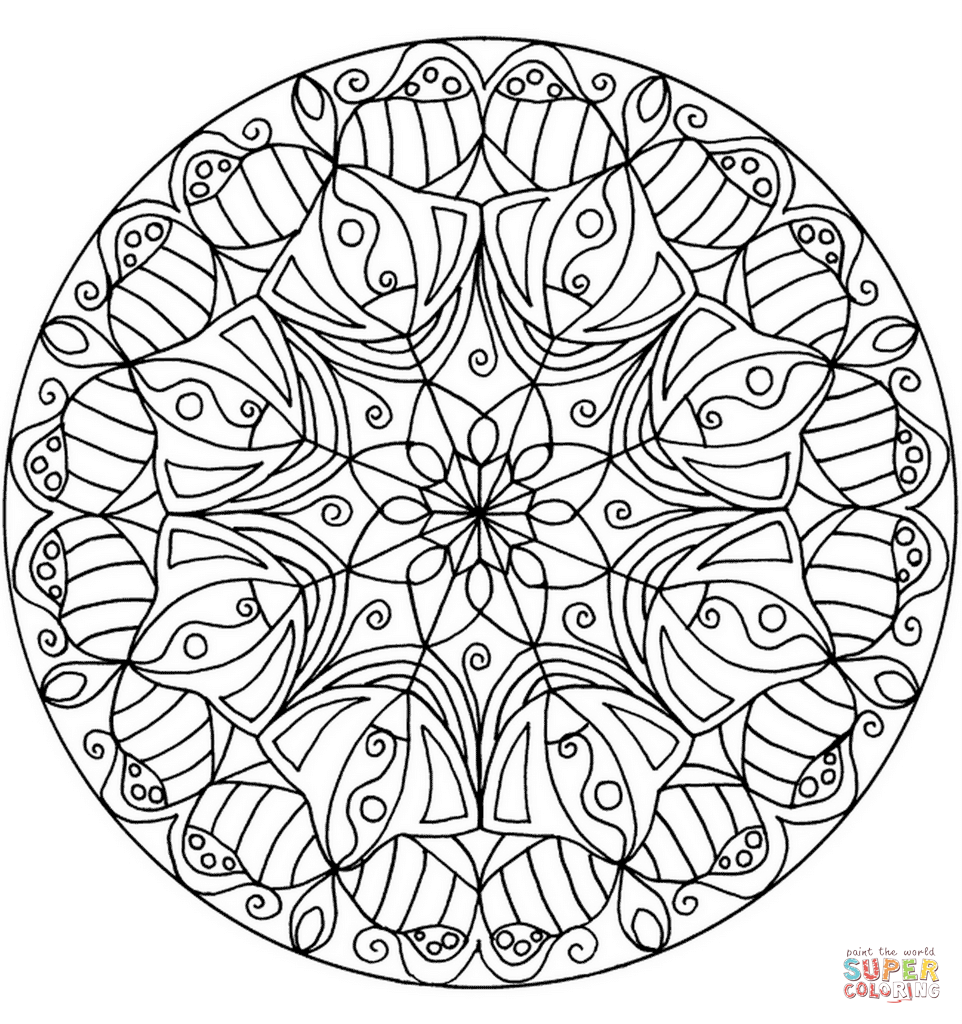
image source www.supercoloring.com
Understanding symbolism and the example of Shambhala
Definition
Symbolism is the use of symbols to signify ideas and qualities by giving them symbolic meanings that are different from their literal sense.
Symbolism can take different forms. Generally, it is an object representing another to give it an entirely different meaning that is much deeper and more significant. Sometimes, however, an action, an event or a word spoken by someone may have a symbolic value. For instance, “smile” is a symbol of friendship. Similarly, the action of someone smiling at you may stand as a symbol of the feeling of affection which that person has for you.
Symbols do shift their meanings depending on the context they are used in. “A chain”, for example, may stand for “union” as well as “imprisonment”. Thus, the symbolic meaning of an object or an action is understood by when, where and how it is used. It also depends on who reads them.
Common Examples of Symbolism in Everyday Life
In our daily life, we can easily identify objects, which can be taken as examples of symbol such as the following:
- The dove is a symbol of peace.
- A red rose or red colour stands for love or romance.
- Black is a symbol that represents evil or death.
- A ladder may stand as a symbol for a connection between the heaven and the earth.
- A broken mirror may symbolise separation (Text source http://literarydevices.net/symbolism/)
So how can you add Symbolic meaning or attributes into you own Mandala?
Let us take a look at the following Mandala on Shambhala which in Tibetan, means “The source of happiness”
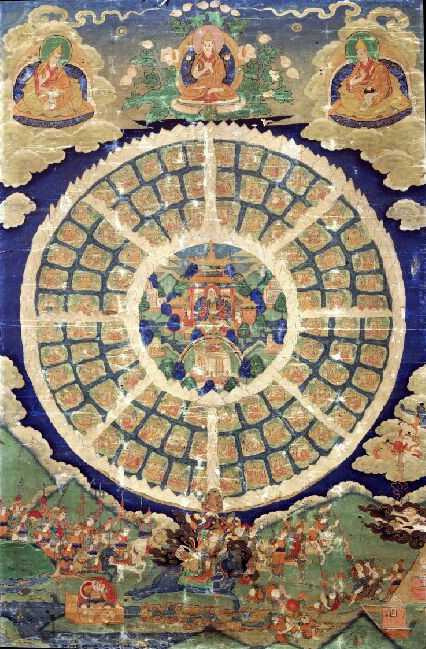
image source laveldanaylorwordpress.com
For a detailed analysis please see this webpage, yet for our purposes here I will quote the salient parts:
- 96 Principalities with Millions of Towns refer to our network of nadis (energy channels in the body.
- Inhabitants refer to the energy [wind] in nadis.
- Outer Ring of Snow Mountains refer to the skin
- Inner Ring of Snow Mountains refer to the central channel
- Two Lakes refer to the side channels.
- Wealth of All Inhabitants, refers to the treasures of the mind.
- Inner Shambhala can be identified with the heart chakra, the innermost [subtlest] mind lies here.
- 8-Petalled Shape of the Regions of Shambhala stand for the 8 nadis from the heart centre, each serves one of the 8 kinds of consciousness through which we experience ourselves and the world. The 5 senses, the consciousness, of self or ego, the consciousness of thoughts and the store consciousness of past impressions. Texts describe Shambhala in the form of an 8 petalled lotus so that yogis can visualise it as a mandala in their hearts [Dardo Rinpoche].
- Bright Light from the Palace turning night into day refers to the bright, clear awareness that dispels the darkness of ignorance and illusion.
- Sky-Lights in the King’s Palace fitted with lenses giving view of life on distant stars and planets, refers to the great range and extent of the clear light awareness
- Magic Screen of the King permitting to observe everything closer by refers to clairvoyant powers of the innermost mind.
- Golden Throne of the King with 8 Lions refers to the underlying power and steadiness of the innermost mind.
- Wishfulfilling Gem refers to the power of the innermost mind to liberate itself.
- Magic Rods, the “Possessors of the Power of Mind” which the 96 lesser Kings have, (which enables them to send messages to wherever they wish in an instant – mobile phones!) refers to the efficient communication and control the deepest levels of mind can have over body and consciousness.
- Lakes symbolise the fruits of spiritual practice; the lake Padma Karpo “White Lotus”, implies it reflects the pure awareness of the innermost mind.
- Malaya Park or “Cool Grove” refers to the cool and refreshing awareness of reality, extinguishing the painful fires of desires and illusion.
- Peace and Harmony refers to the people of Shambhala being no longer subject to inner conflicts and turmoil.
- Gentle Laws and No Hard Punishment refers to people reaching this stage are beyond the need of harsh [self] discipline.
- Subdued Demons, the inhabitants have subdued demons and made them to servants refers to taming the wilder impulses and using them for reaching the goal.
- No Loss of Virtue when inhabitants enjoy wealth and comfort refers to being beyond attachment which would hold them back from enlightenment.
- Great Distance (of Shambhala) refers to the far mysterious reaches of the unconscious mind.
You can see that each ring, quadrant, part, piece, colour, etc has a meaning or purpose. Does the Audience always understand the intended meaning? No. Not unless that they have been initiated or learnt the symbolic codes of Bhudism. And, that’s OK!
What I want you to understand that in this project I want you to assign meaning to each part, or layer, of your Mandala which contributes to the overall Idea or intent.
How to start?
First, you have to find a topic, issue, idea, problem, or… I am not putting any limitation on where you take your mind.
Some might look at this project with the idea to explore themselves through ART therapy’
Is so here is an article to look at:
Healing With Mandala Art Therapy – A Multi-Cultural Idea Worth Exploring
Others might want to start with things you are curious about, or things in this world you find problematic if that is the case start in the middle with what is most important and then work your way outward.

image source Blatner.comJPG
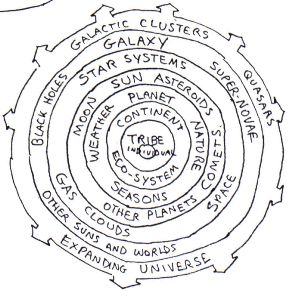
Image source Blatner.com
Once you have your main Idea/topic and the ideas/issues/perspective/attributed that surround it then you are ready to start thinking about the ‘How and Why’ of your pictorial rendering of the ideas themselves. Will you be literal? Or will you abstract the idea into pattern, Geometric shapes, or???
OK?
Let’s listen to Peter about different mindsets one can have while drawing
“Start with something in your head, even if you know you’re going on an aimless journy” Hmm, soundlike a metaphor for Life to me.
Mandalas and Mandalasesque images that I find interesting:

image-source-www-fractalenlightenment-com-jpg

image-source-wikipedia
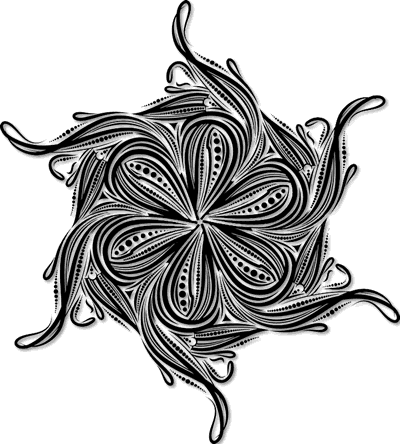
image-source-http-wobba-jack-comitsignificato-del-tatuaggiosimboli-esotericisignificato-tatuaggio-mandala
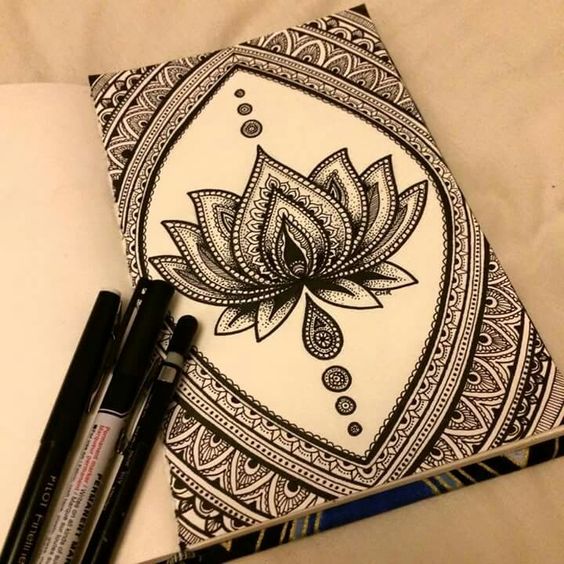
image source howdoit.com
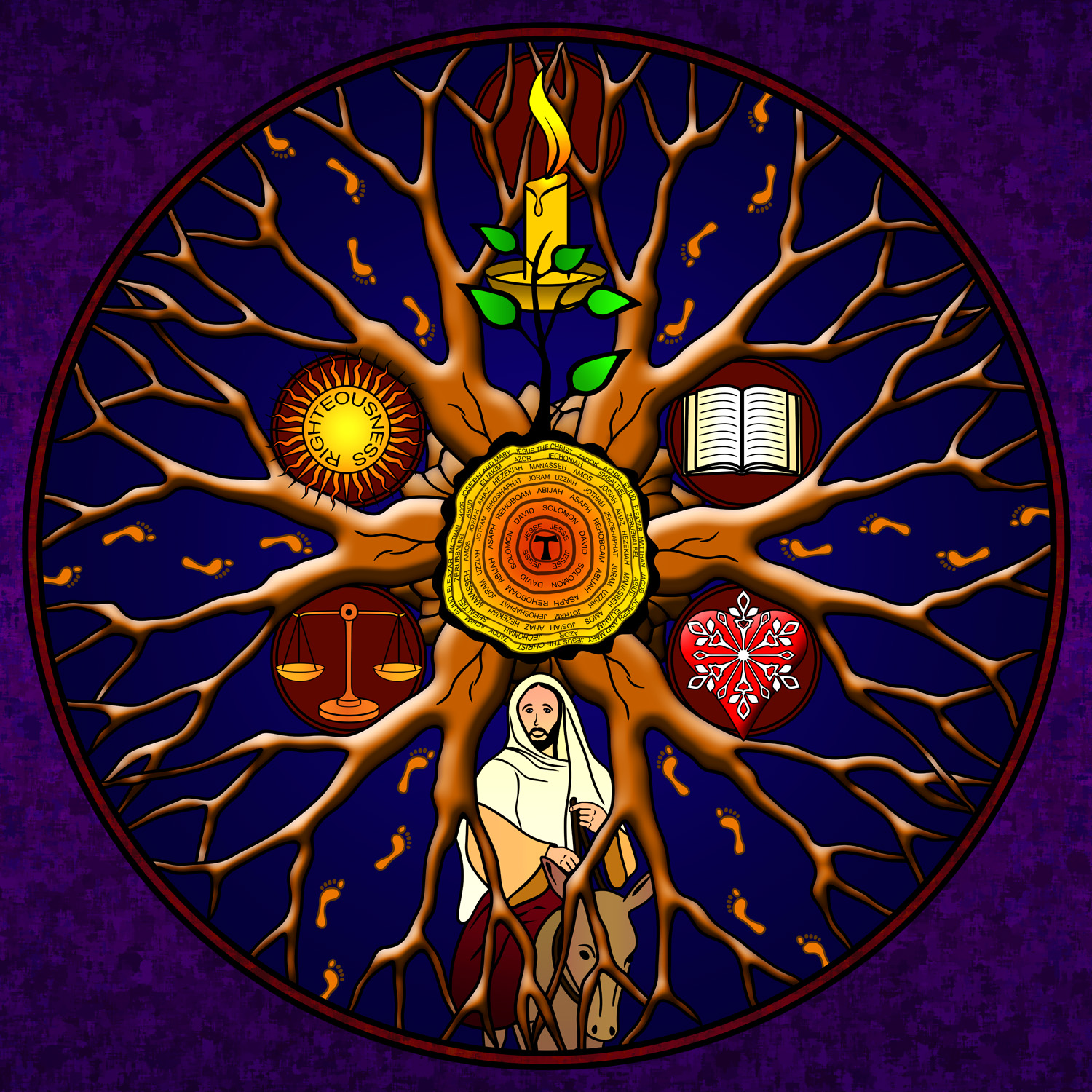
image-source-www-clba-org
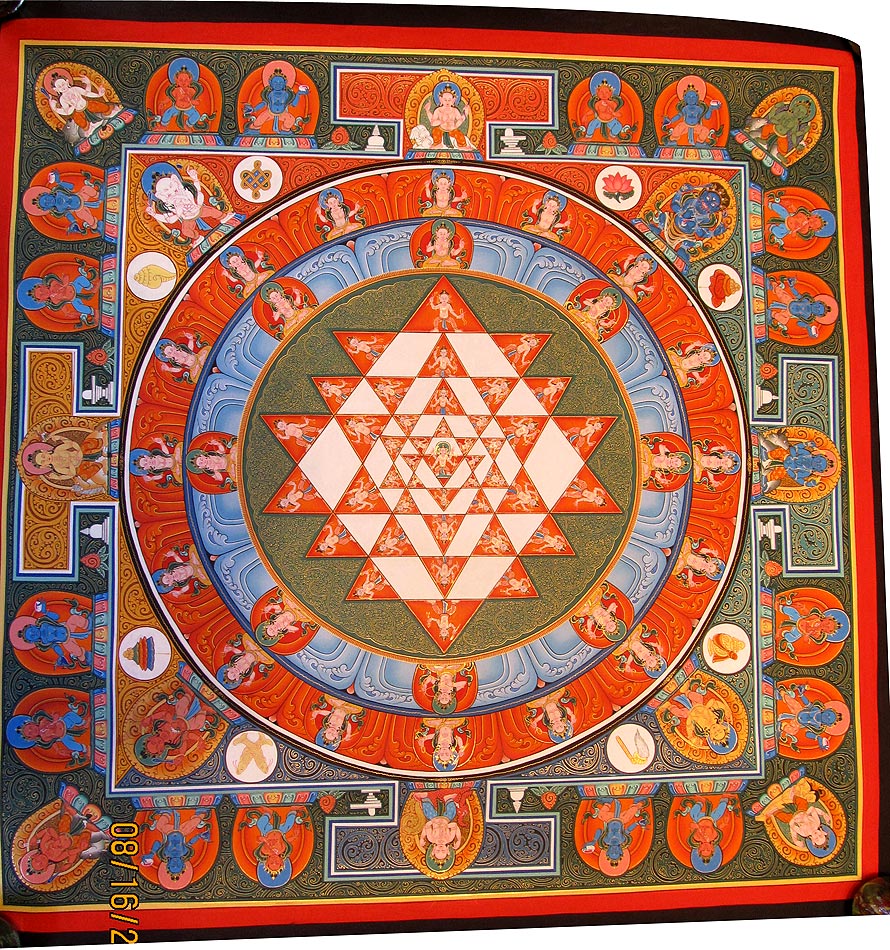
image source www.tibetthanka.com
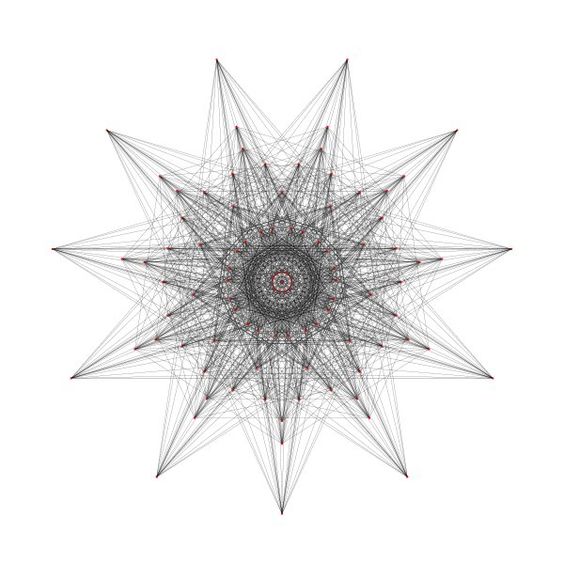
image source flickr.com

image source bodyartdiary.com

image source https.hiveminer.com
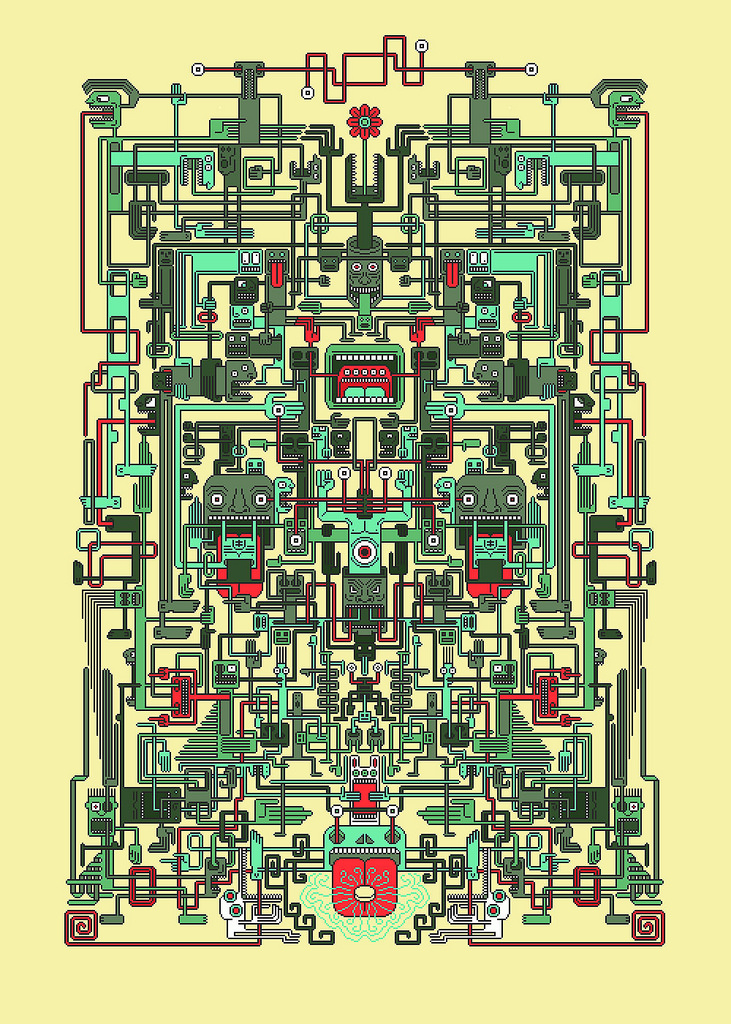
Image source https.hiveminer.com
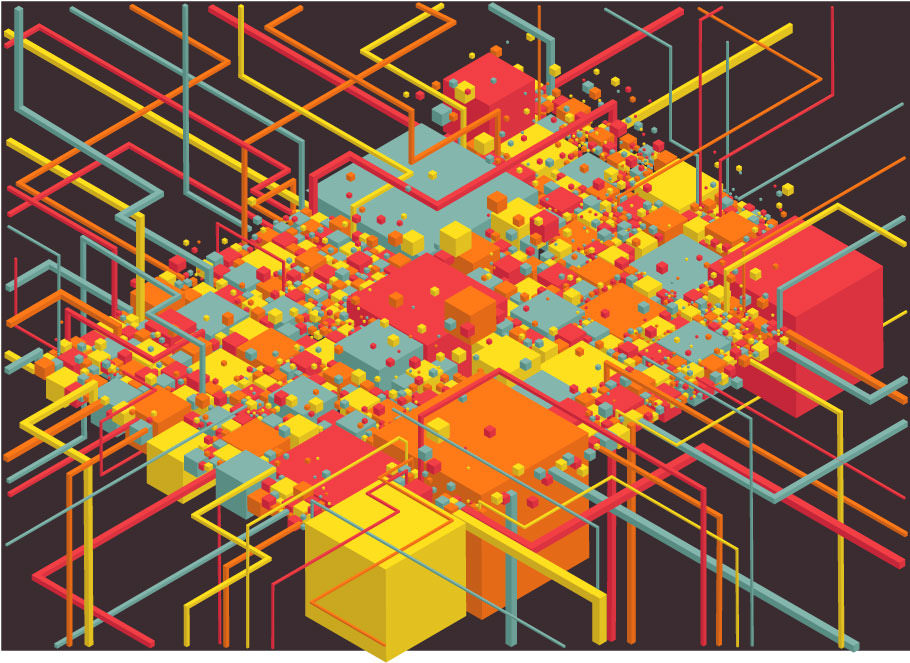
image source https.hiveminer.com
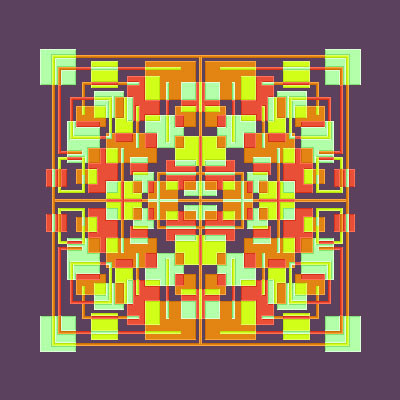
image source https.hiveminer.com
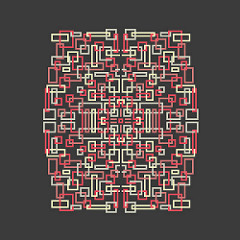
image source https.hiveminer.com
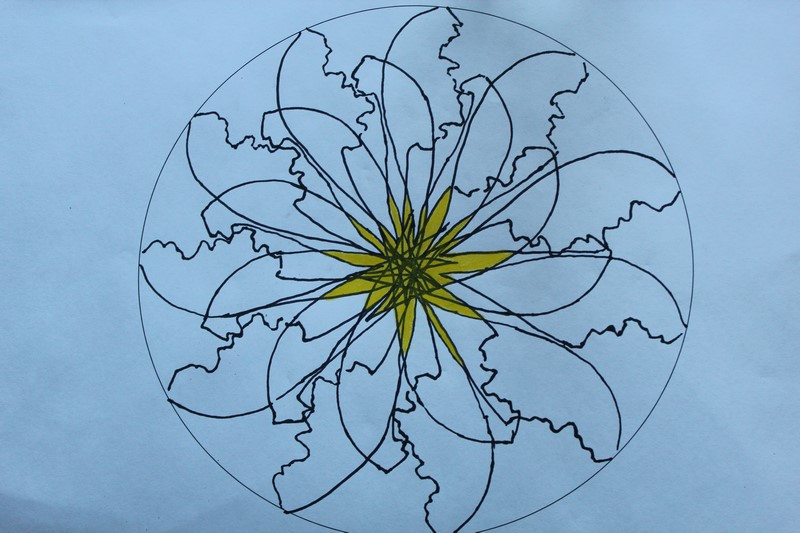
image source ww.heart.com
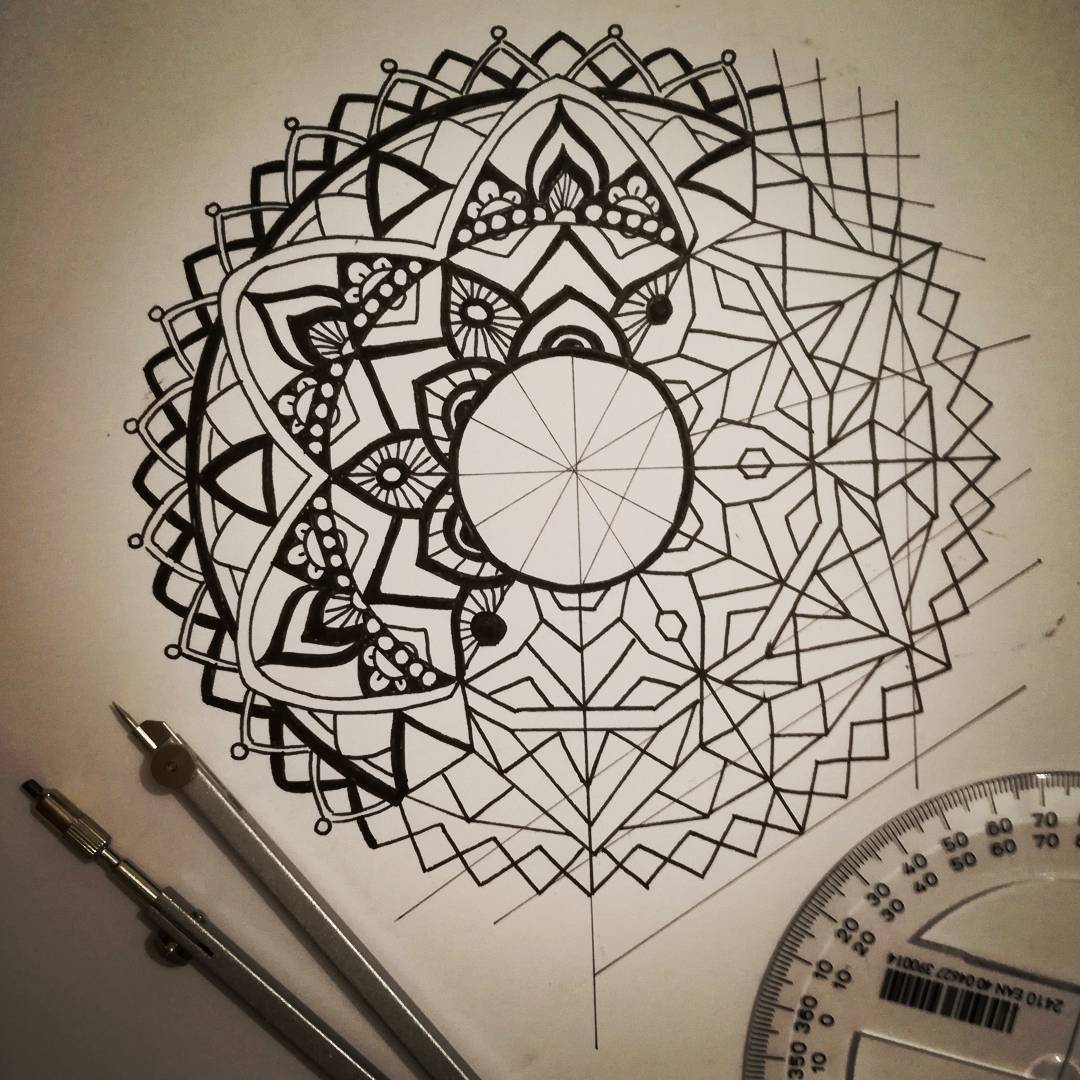
image source topsy.fr

image source hubpages.com
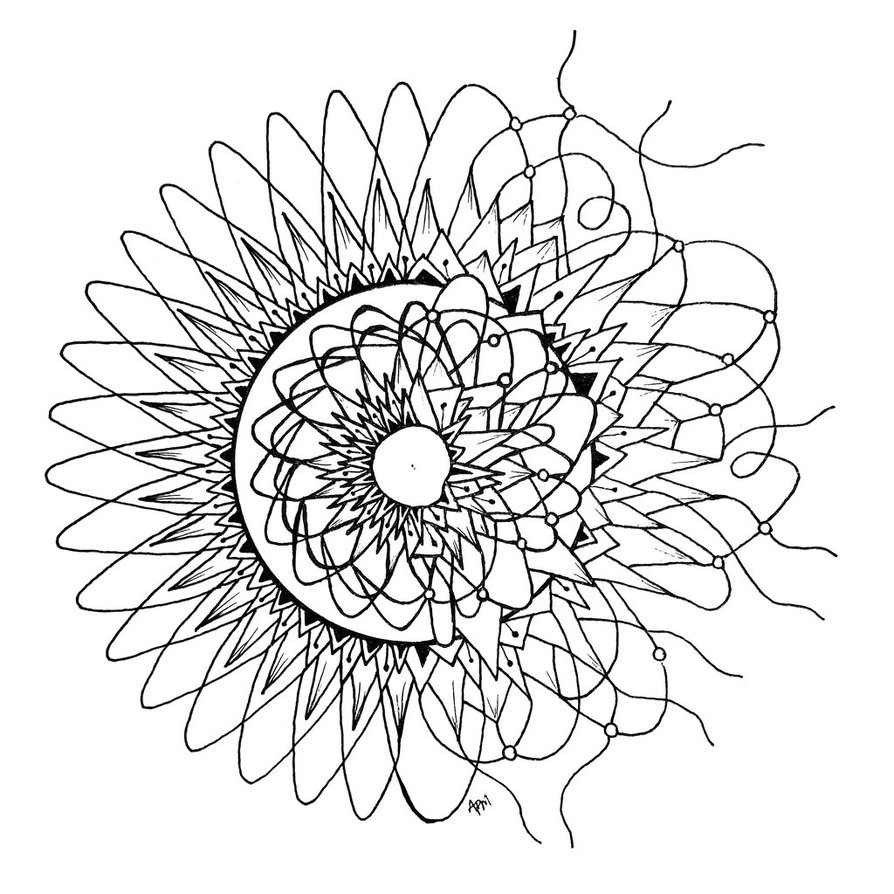
image source http.flexibledreams.deviantart.com
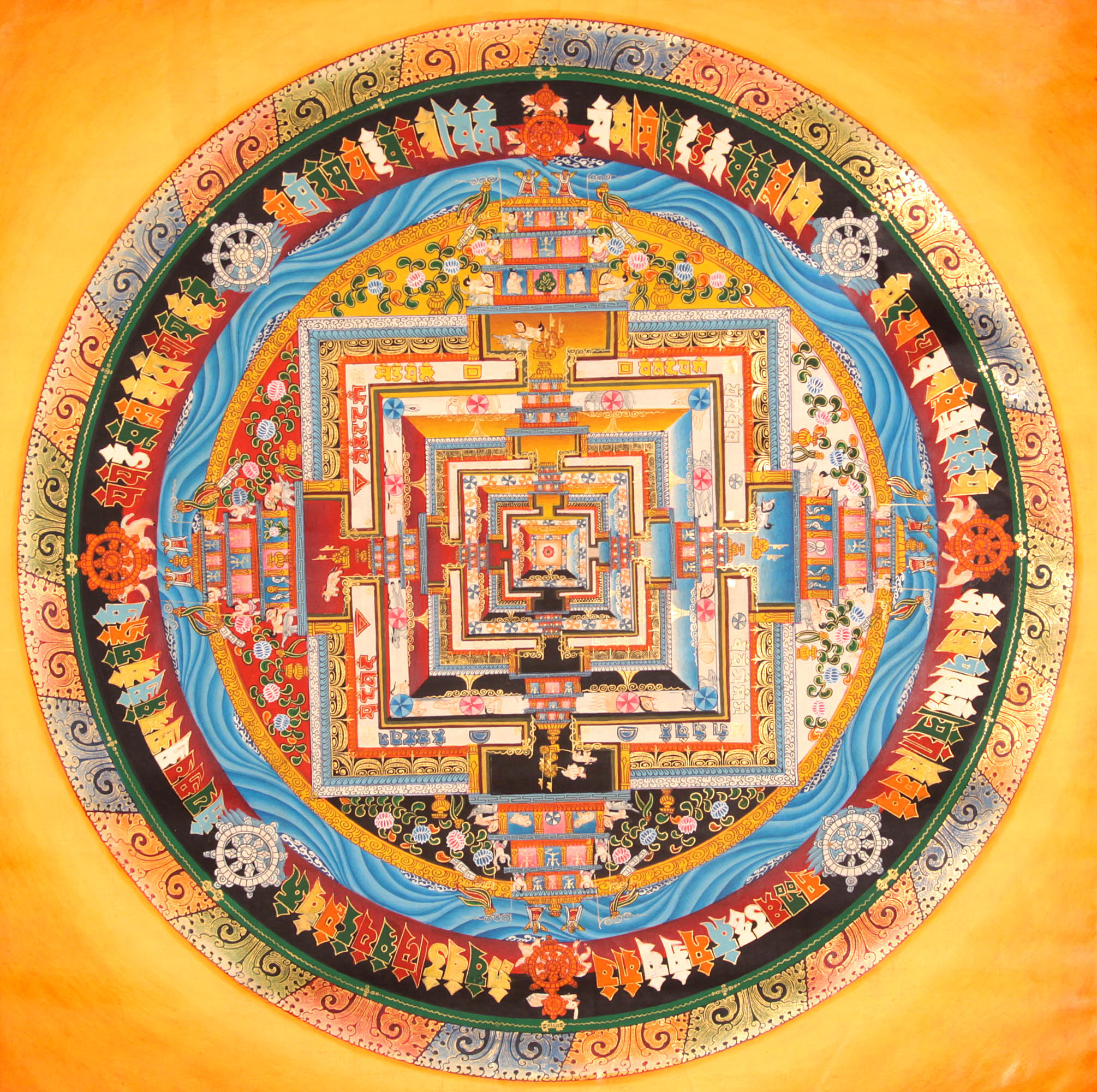
image source nandzedlivejournal.com

Image source https.spirittrainchronicles.com/divineingmandalas
Readings:
Say ‘om’: Meditation may aid in brain function
By Kathleen Fackelmann, USA TODAY
(Text and image source http://usatoday30.usatoday.com/tech/science/discoveries/2005-11-13-meditation-study_x.htm)
WASHINGTON — The ancient practice of meditation may change the brain in a way that helps boost attention, according to studies out Sunday at the annual meeting of the Society for Neuroscience.

Buddhist monks have been saying for years that meditation helps increase attention and concentration. The new findings now offer some support for the notion.
Sara Lazar of Harvard Medical School studied Westerners who meditated for about 20 minutes every day but didn’t necessarily believe in the tenets of Buddhism. Lazar and colleagues used MRI (magnetic resonance imaging) to look at brain parts involved in memory and attention. She found that meditators had increased thickness in those regions.
Those areas shrink as people get older, but this study found that older meditators were able to ward off some of that shrinkage. That finding is preliminary but suggests that a regular meditation practice might help people maintain their ability to remember and focus on details, Lazar says.
|
Another study suggests meditation boosts performance on tests that measure attention. Bruce O’Hara at the University of Kentucky and colleagues wanted to see how meditation might affect the ability to attend to a boring task during the mid-afternoon, a time when attention often flags.
He found that 10 people taught to meditate for 40 minutes did better on a test of attention compared with their own performance after reading for 40 minutes.
Too little sleep can impair performance on such tests, so the group repeated the experiment after subjects had lost a night’s sleep. Meditation improved their performance even then, a finding that suggests that meditation might give the sleepy brain an edge.
“Vigilance is much more difficult when you are sleepy,” O’Hara says.
In a study of mostly Buddhist monks, Richard Davidson at the University of Wisconsin found meditation produced a jump in brain waves associated with vigilance. His study also found meditation activated brain regions involved in attention.
On Saturday, the exiled leader of Tibet, the Dalai Lama, spoke to neuroscientists, urging them to continue their crucial work on meditation. Such studies may help identify practices that will help people rein in negative emotions, he says. More than 500 scientists signed a petition against the Dalai Lama’s talk: Many said they didn’t want to mix religion with science.
